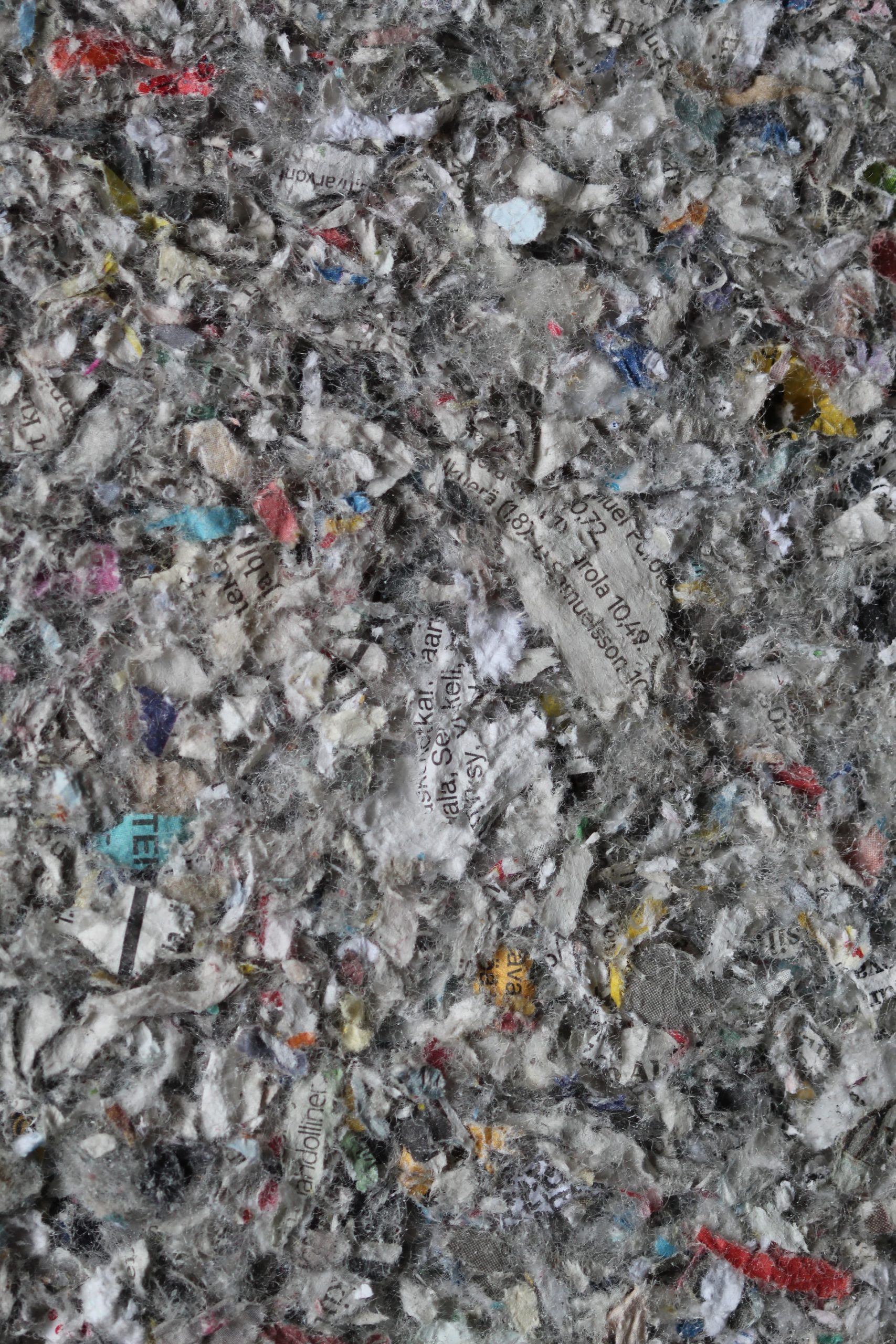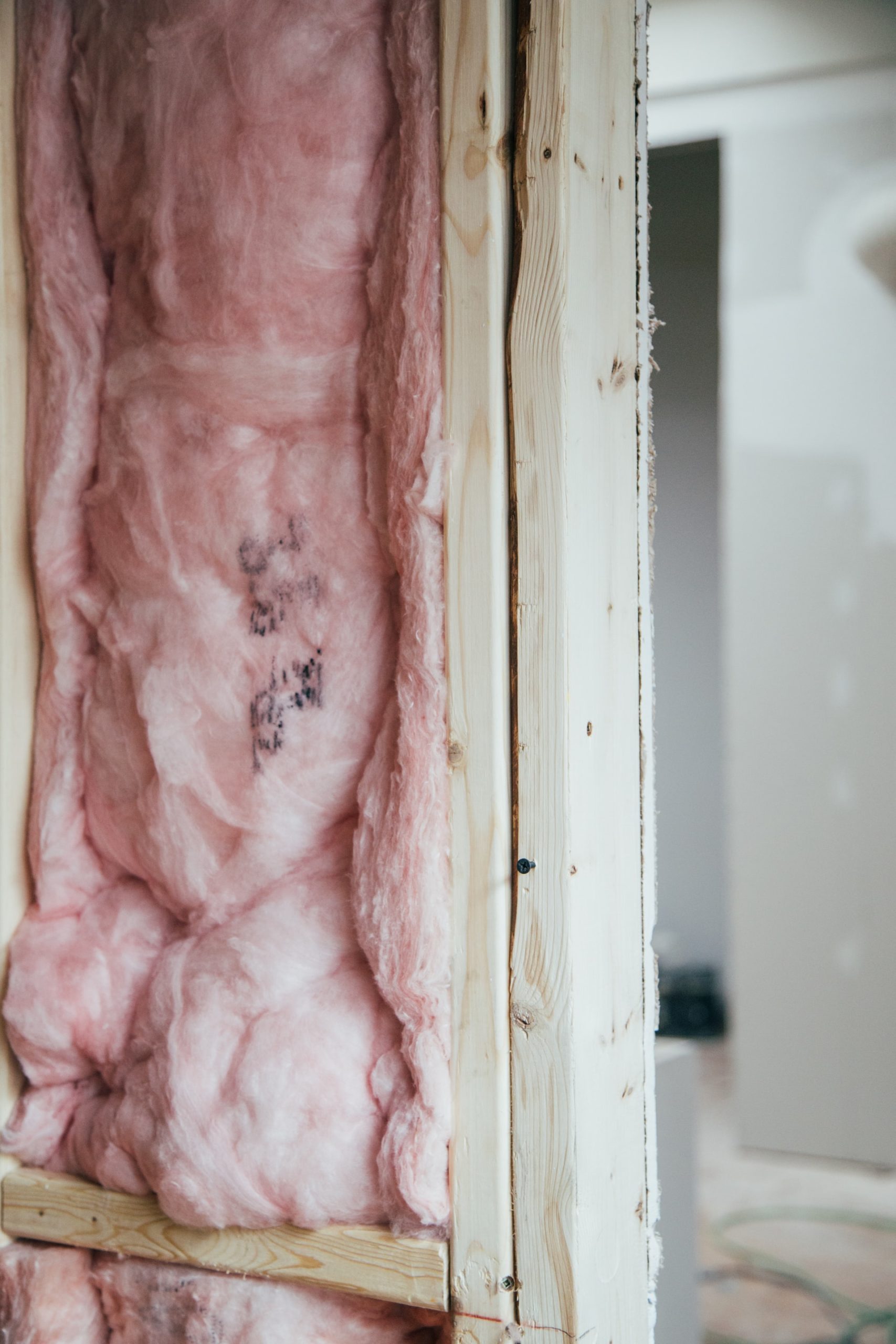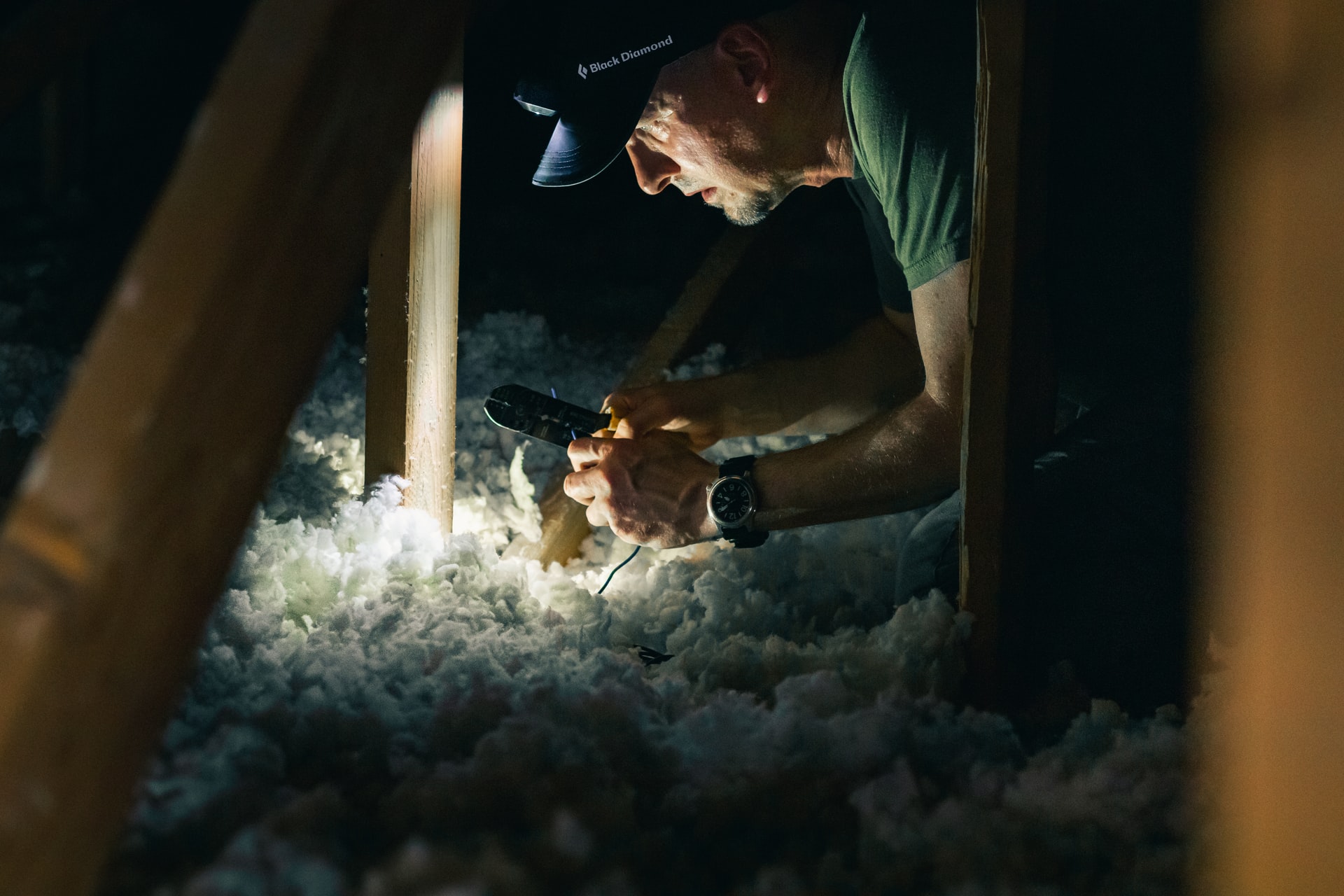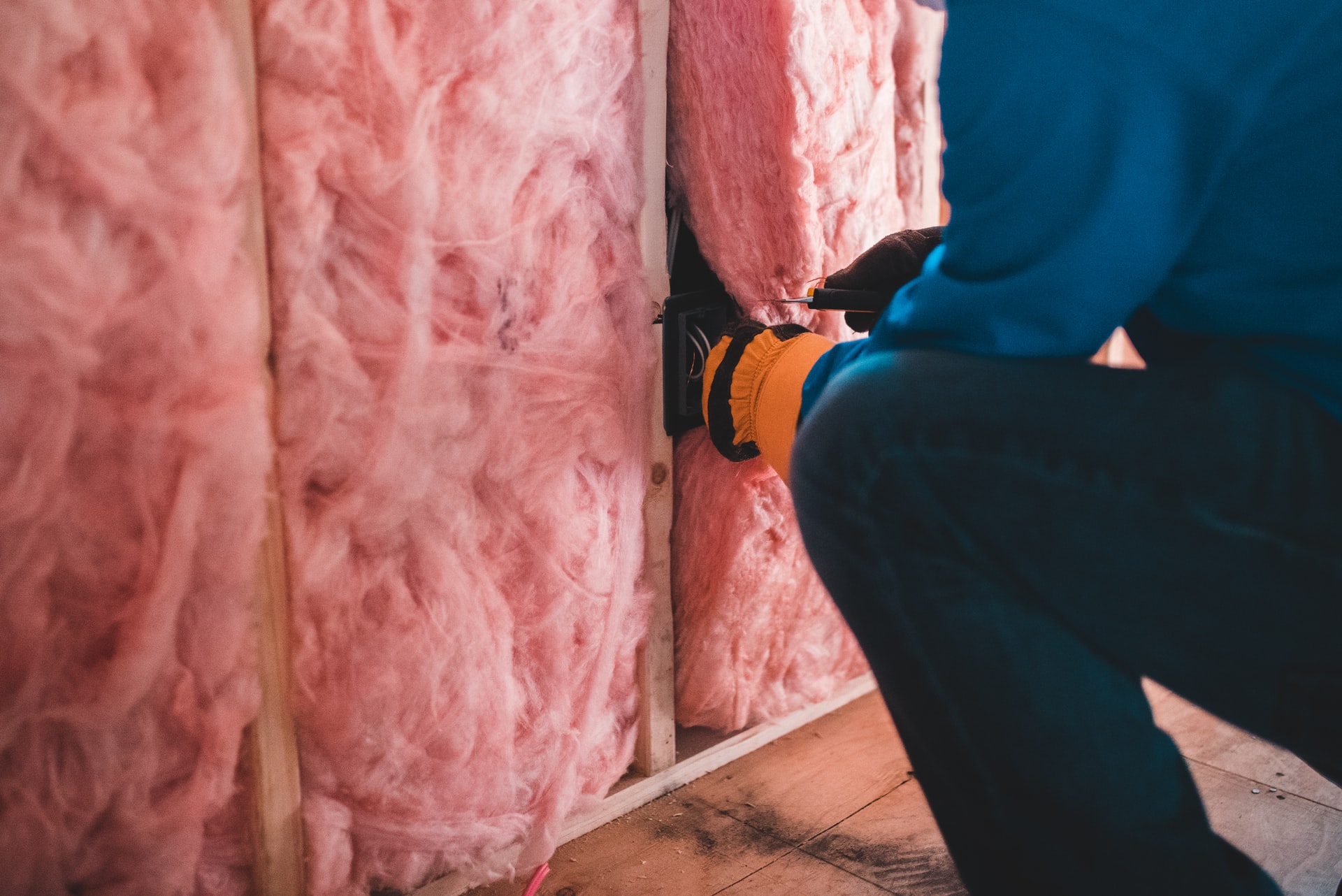Sprayed polyurethane is one of the most widely used materials in home insulation. Indeed, its performance makes it the perfect element to protect a house against heat loss. Definition, functioning, price, advantages… A point on sprayed polyurethane. So, without further ado, let’s dive into this blog and learn more about sprayed polyurethane.
What is sprayed insulation?

Whether to save energy or to preserve the environment, thermal regulations are always demanding. Therefore, thermal insulation experts have developed a more efficient method to obtain a better result: sprayed insulation. Nowadays, it is considered the best thermal insulation solution used in renovation or construction. This is a kind of illustration of the technical progress that is made in this field.
Sprayed polyurethane: for what purpose?
In the past, polyurethane foam was only used for the insulation of woodwork. But nowadays, it is also used to eliminate heat loss from roofs, floors, walls, and attics. Indeed, sprayed polyurethane is an ecological insulator that hardens easily after use. This is possible due to the chemical reaction between isocyanate and polyol.
How to apply spray polyurethane foam?
Polyurethane foam must be applied to a dry and clean surface. This operation must be carried out by an authorized specialist, such as Isol’o2, and established in Avignon. This company carries out all building insulation work.
The projection is generally made with a hydraulic or pneumatic pressure gun. The person in charge of projecting the polyurethane foam propels it in semi-liquid form over the area to be insulated. This insulation will then expand and swell when it comes into contact with air. This allows it to reach more than 30 times its volume before solidifying. The homeowner can then decide whether or not to cover it with a finish.
What is the energy performance of spray polyurethane?

Polyurethane foam has a specific expansion capacity that allows it to cover all the most minor gaps in the insulated element. In fact, it is able to reduce a large part of the thermal points.
The sprayed polyurethane also has technical properties allowing it to be a thin insulator. To insulate a floor or a wall, it is enough to apply a superficial layer of 6 cm of sprayed polyurethane foam. But for a more excellent thermal resistance, it is advisable to apply a layer of more than 12 cm for the insulation of walls and attics.
What are the advantages of sprayed polyurethane?
There are many advantages to the application of sprayed polyurethane foam:
- It fits into all the areas to be insulated to form a perfectly homogeneous and airtight envelope.
- Unlike other types of insulation, sprayed polyurethane does not emit toxic products that can irritate the respiratory tract.
- Polyurethane foam is very resistant and has an unlimited life span.
- Sprayed polyurethane is lighter than other insulations. It can therefore be applied to all types of housing structures.
- Since the foam is manufactured on-site, it does not incur high transportation costs.
- This insulation also reduces the energy bill.
- This recyclable material also limits rodent and pest infestations.
Spray polyurethane foam: at what price?

In general, the budget required for sprayed insulation depends on the type of home and the professional contact. Before choosing the craftsman, it is strongly advised to ask for several comparative estimates. In any case, count between 6 to 10 dollars per square meter for a floor insulation. Expect to pay between 15 and 25 dollars per square meter for roof and wall insulation.
Sound off in the comments section below and tell us what you want to read next and if you want to read more about sprayed polyurethane.
